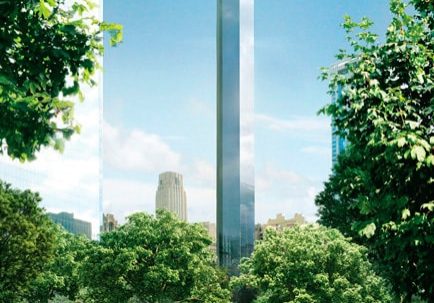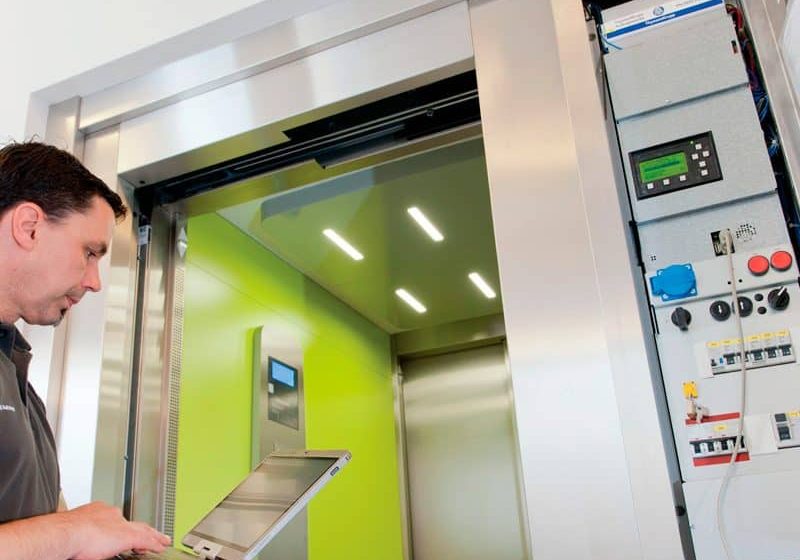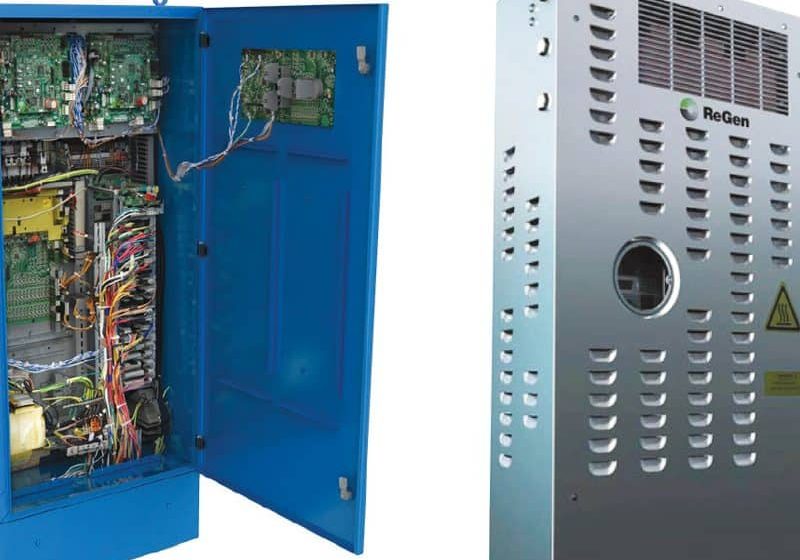Equipment continues to gain acceptance in the U.S., thanks to several advantages.
While popular in Europe and Asia for several years, machine-room-less (MRL) elevators are still making their debut in North America. In fact, many are calling MRL elevators the new backbone of the industry.
MRL units, manufactured by both large and small elevator companies, often use compact, gearless traction, which results in superior performance and exceptional ride quality over traditional elevators. They can operate at faster speeds, often give the perception of higher quality and are energy efficient and cost effective. Savings in energy costs extend throughout the life of the building.
Technological advancements have resulted in a significant reduction in the size of electric motors used with traction equipment. Small, permanent-magnet motors allow manufacturers to locate the hoist machines within hoistways, thus eliminating the need for machine rooms above the hoistways. Additional cost savings are realized by eliminating machine-room access requirements, reducing power feeders, disconnecting switch size and reducing cooling loads.
The current generation of MRL units is integrating controllers into the entrance frame (or jamb) of the elevators, instead of locating them in an adjacent controller “closet,” as has been the practice in Europe and Asia for some time.
As with all types of elevator equipment, MRL systems are available in various levels of quality and robustness. The appropriate level of quality should be considered when selecting MRL equipment that will complement the unique requirements of each building and their end uses. Controller options range from conventional two-button control to modern destination-based control systems.
Maintenance access to MRL elevators, as well as the ability to modernize the equipment, is currently being discussed within the industry. Each manufacturer has developed specific maintenance procedures and processes for specific products, as well as safe access for maintenance personnel conducting maintenance procedures.
If an architect, building owner or developer works with a specific manufacturer during the design of a new building, he/she may limit flexibility options for modernization, because each manufacturer’s product varies as to its method of suspension (overslung versus underslung) and machine location. Conversely, if the building is designed properly to accommodate different MRL product configurations, the ability to modernize the equipment in the future is comparable to traditional elevator machinery.
MRL elevators are designed specifically to replace geared traction hoist machines in an existing machine room, or even replace hydraulic elevators. These developments clearly indicate the overall quality of the technology, so that the product range will continue to grow to cover an ever-expanding variety of applications.
Because of the historically prescriptive nature of the North American Elevator Safety Codes, these elevators have not been popular in the continent. However, with the advent of the A17.7 performance-based code and the A17.6 standard for suspension means, we are encouraged to see the adoption of new technologies.
Get more of Elevator World. Sign up for our free e-newsletter.








